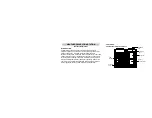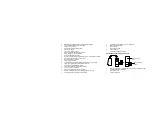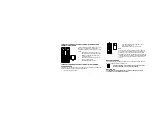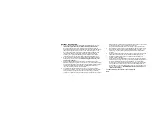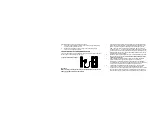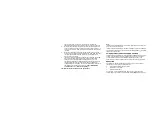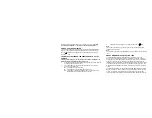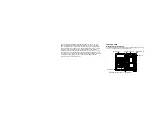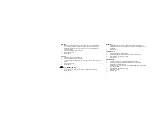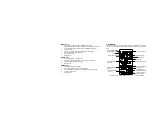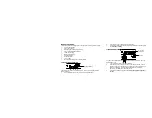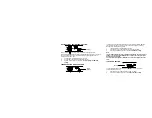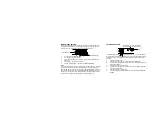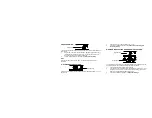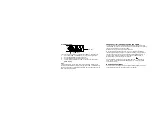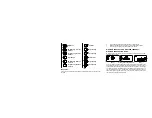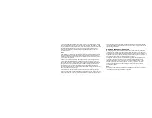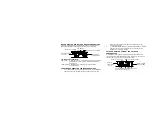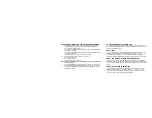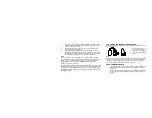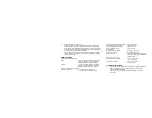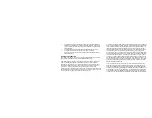
up the Weather Projection Station again. Proceed from step 1 in
“Setting
Up”,“Battery Installation” or “How to use the Projector Adaptor”
.
HOW TO USE THE PROJECTOR
The projector projects the current time and the current outdoor temperature
onto the ceiling, preferable within a darkened room. The projection image
can also be adjusted in 4 upright positions, each with a rotation of 90º by
using the
key .
TO PROJECT THE TIME OR TEMPERATURE ONTO A FLAT
SURFACE:
The projector will only project the current time, outdoor temperature or
alternate between time/outdoor temperature only.
1.
Point the projection lens to the appropriate direction (maximum distance
of the projection is 6 feet/2 meters).
2.
Press the DISPL key to select the desired mode for the projection.
There are 3 display modes:
M0 – projecting the current time only.
M1 – projecting the current outdoor temperature only.
M2 – projecting by switching the display of the current time and the
current outdoor temperature for every 5 seconds.
3.
Adjust the projection image in an upright position with the
key.
Note:
If more than one Thermo-hygro Sensor is used, only the temperature from
sensor 1 will be projected.
Note:
The projection brightness is not adjustable as it is constantly set at its brightest
level.
ABOUT WWVB RADIO CONTROLLED TIME
The NIST (National Institute of Standards and Technology—Time and
Frequency Division) WWVB radio station is located in Ft. Collins, Colorado,
and transmits the exact time signal continuously throughout the United States
at 60 kHz. The signal can be received up to 2,000 miles away through the
internal antenna in the Weather Projection Station. However, due to the nature
of the Earth’s Ionosphere, reception is very limited during daylight hours. The
Weather Projection Station will search for a signal every night when reception
is best.
The WWVB radio station receives the time data from the NIST Atomic clock in
Boulder, Colorado. A team of atomic physicists is continually measuring every
second, of every day, to an accuracy of ten billionths of a second per day.
These physicists have created an international standard, measuring a second


